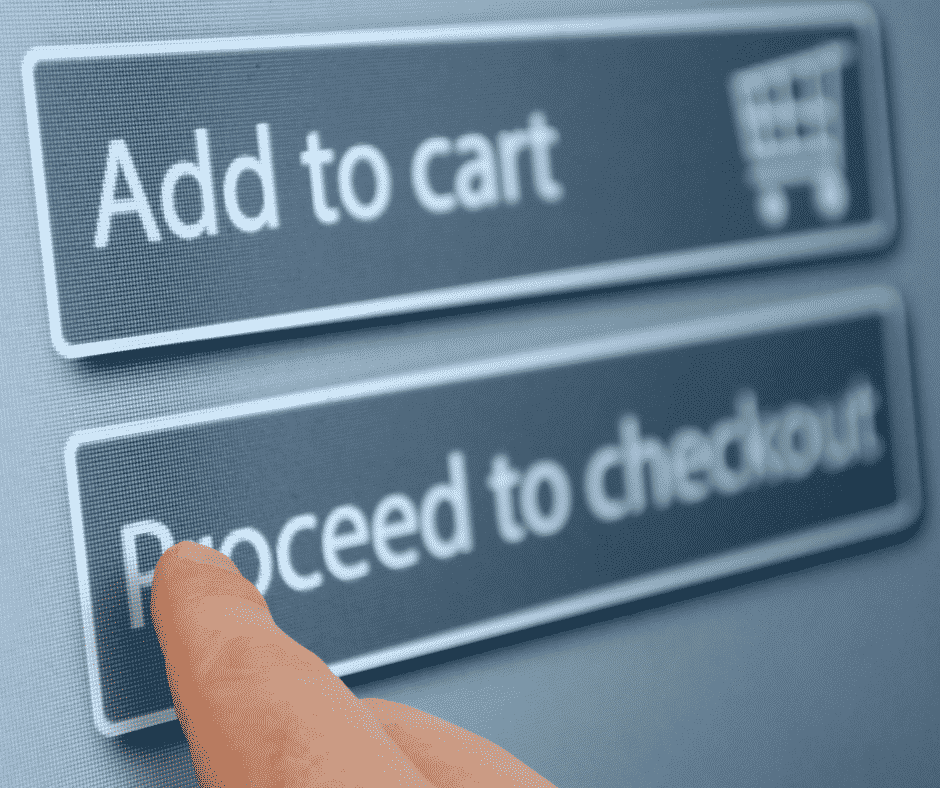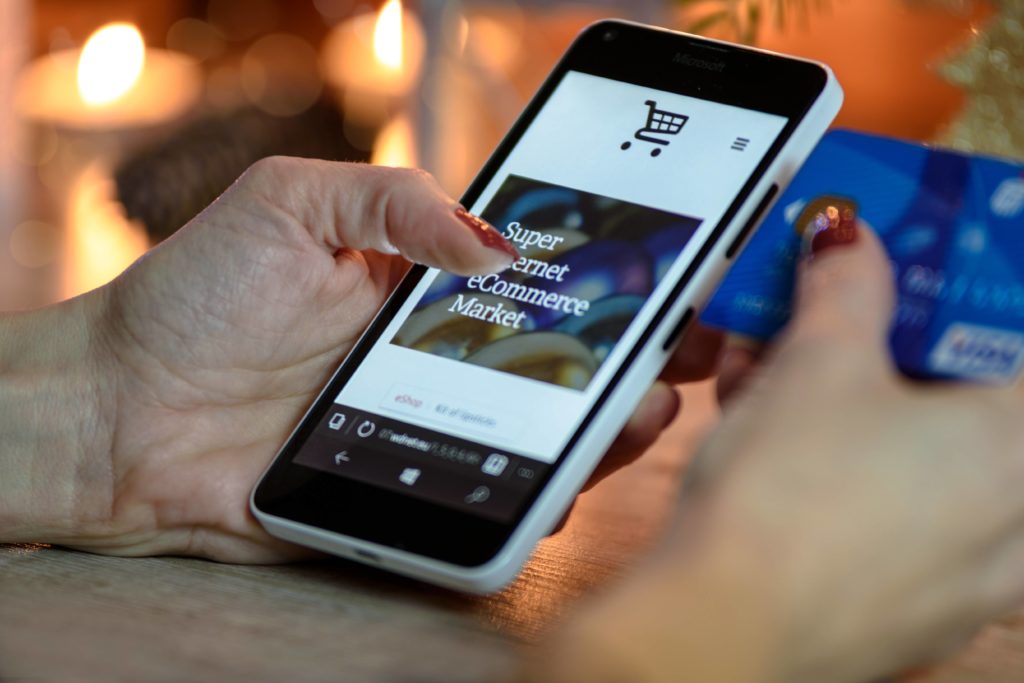The new year is right around the corner, and for many motivated people, that means it’s time to make some New Year’s Resolutions. After a tough year like 2020, many small business owners have gone back to the drawing board, reimagining what it means to run a business in the first place.
With the growth of eCommerce, the continued rise of helpful software, and new social media features, there is no shortage of ways to improve. That’s why we’re sharing our 21 favorite New Year’s Resolutions for 2021. Check them out and if you like the list, pick a few goals to pursue over the next year!
21 Great New Year’s Resolutions for Small Business Owners in 2021
1. Start a small business.
According to the Small Business Startup Sentiment Index, more people than ever before intend to start a new business in the next 4-6 months. That’s a remarkable indicator of confidence after a brutal economic downturn. Perhaps you consider yourself among the people wishing to start a business, but haven’t quite taken the plunge yet.
Why not commit to starting a business, however large or small, in the year 2021? Even if you don’t get it right, taking the all-important first step can have a positive impact in ways that will only be clear many years down the road.
2. Get started in eCommerce.
We saw an unprecedented spike in eCommerce sales during the COVID-19 pandemic. Even with multiple vaccines being distributed and social distancing measures hopefully soon becoming passe, eCommerce is likely here to stay for along time. Why not commit to trying your hand at eCommerce for the first time?
3. Set up a Shopify store.
One of the easiest ways to start a good-looking, clean, effective store is with Shopify. If you plan on creating or updating an online store, this is a great software to at least consider. In fact, we wrote a whole guide on how you can get started with Shopify the first time.
4. Set up an Amazon Seller account.
Love it or hate it, Amazon is Grand Central Station for eCommerce right now. Many people make a good living selling items, be it their own or others’, on Amazon. If you want to take advantage of the vast marketplace that Amazon has to offer, consider setting up an account.
5. Set up Facebook and Instagram Shops.
Just this year, Facebook and Instagram both rolled out new features which allow users to checkout without ever leaving their social media network. This is especially interesting because people now have the ability to tag their products in photos too. Best of all, both Facebook and Instagram Shops can sync with other stores, such as those hosted by Shopify, so that orders are prepped to send the same way.
For more information, click here for info on Facebook Shops and here for info on Instagram Shops.

6. Improve your website’s conversion rate.
Getting people to find your store or website online is hard work, and expensive too. That’s why it’s really important to make sure that your website is optimized to convert as many people as possible into buyers. If you want to learn some practical advice on how to do that, check out this guide.
7. Improve your website’s load time.
Every additional second it takes for your pages to load can cause a 7% reduction in conversions. If you want to make the most of your website, it needs to be very fast. Consider using tools like Pingdom to help you figure out why your website is loading slowly and how you can fix it.
8. Improve your website’s user experience.
User experience is a hot field, and for good reasons. It’s all about how people feel and act when using a product, system, or service. This is so important that Google is expected to account for user experience when calculating Google Rankings in 2021.
If you want to learn more about how to improve your website’s user experience, check out this guide.
9. Add a PayPal button to your website.
If you want to start selling items in a hurry, one of the fastest possible ways to do that is to add a PayPal button to your website. By doing so, you allow people to easily pay for items by PayPal, Venmo, or credit card.
Here’s a guide on how you can do that.
10. Start content marketing.
“Content” is a broad and general term that can be applied to a lot of different types of media. Blog posts like this one are content, as are emails, podcasts, every YouTube video you’ve ever watched, and more.
Content marketing is one of the most reliable ways to generate leads for your business, even if it might not initially seem like it. By creating something that your customers find informative or entertaining, you dramatically increase the odds that people will find your brand.
If you’ve never done content marketing before, consider starting in the year 2021.
11. Start social media marketing.
We’ve touched on the concept of social media marketing before here, but it bears repeating. Social media marketing is a form of content marketing that inherently puts you in touch directly with a lot of new people. For certain types of businesses, this can be an absolute goldmine.

12. Set up a Calendly account to book appointments.
If you run a business where you end up taking a lot of calls or meetings, consider setting up a Calendly account. Calendly can sync to your calendar, giving people options for available meeting times. That way, people can book meetings with you all on their own without exchanging emails back and forth.
And the best part? It’s free!
13. Learn accounting software.
One of the least fun parts of running a business, at least for me, is accounting. Some small businesses keep track of transactions by spreadsheet or by hand. That’s doable for a while, but it gets old quickly and it doesn’t scale well.
Consider looking into software like Xero or QuickBooks if you haven’t already started with accounting software.
14. Set up a small business retirement account.
Less than half of small businesses offer a retirement plan. You can change that, though, and it’s not even as hard as you think. Even the lofty 401(k) plan is available to the smallest of small businesses. You might even get tax breaks for starting one up, too.
15. Set up a referral program.
Word of mouth is probably the best form of marketing known to humanity. A full 92% of consumers trust referrals from people they know and people are 4 times more likely to buy when referred by a friend.
If you haven’t already, consider setting up a referral program so that people have an excuse to refer their friends to you as leads.
16. Set up a loyalty program.
Customer retention will make you a lot more money than customer acquisition. It’s said that loyal customers are worth as much as ten times more than a one-off customer. Add to that fact that 83% of people say that loyalty programs make them more likely to continue doing business with certain companies. It might be time to look into implementing one of your own!

17. Engage in discount marketing.
Not every business can or should compete on price. However, a time-limited discount can be a powerful incentive for consumers to buy a product. If you have high profit margins, consider running a discount marketing campaign to see how it works out. You may find that you acquire customers far easier than you otherwise would!
18. Learn how to book freight.
Booking freight used to be one of the most complicated parts of getting items from Point A to Point B. Now, tools like Freightos make it easy to import goods from manufacturers overseas. Here’s a guide on how you can use their system.
19. Find back-up suppliers.
When COVID-19 disrupted supply chains everywhere, people started to realize how fragile and interconnected our global supply chain system truly is. For many small businesses, there were problems as early on as January when China started locking down and manufacturing there ground to a halt.
If you depend on a single supplier for a critical good, consider finding back-up suppliers. You might be glad you did.
20. Increase your cash on hand.
One of the reasons the initial COVID-19 pandemic lockdown was so tough on small businesses was lack of cash on hand. As many as 25% businesses don’t have enough cash to get through 14 days without revenue. The median small business has only 27 cash buffer days.
The COVID-19 pandemic is probably not the last serious crisis we are going to see in our lifetimes. If you want to be able to weather the storm, consider increasing your cash on hand to 45, 60, or even 90 days.
21. Outsource fulfillment.
Once orders start rolling in, it’s a real pain to fulfill them yourself. Most stores that handle more than 75-100 orders per month can benefit, and even save money by outsourcing fulfillment to a third-party.
If you’d like to learn more about how to do that, request a quote here and we’ll help you get started!
Final Thoughts
Taking some time at the end of the year to pick goals you care about pursuing is a great way to narrow your focus. If you like this guide, use some of the resolutions and let us know how it goes in the comments.
Until then, have a Happy New Year!
You’ve done everything by the book. Your Kickstarter campaign is almost ready to launch.
You made a great product. Built an audience. Set up a campaign page.
But how do you ship it?
We put this checklist together to help you get started. It's free.





